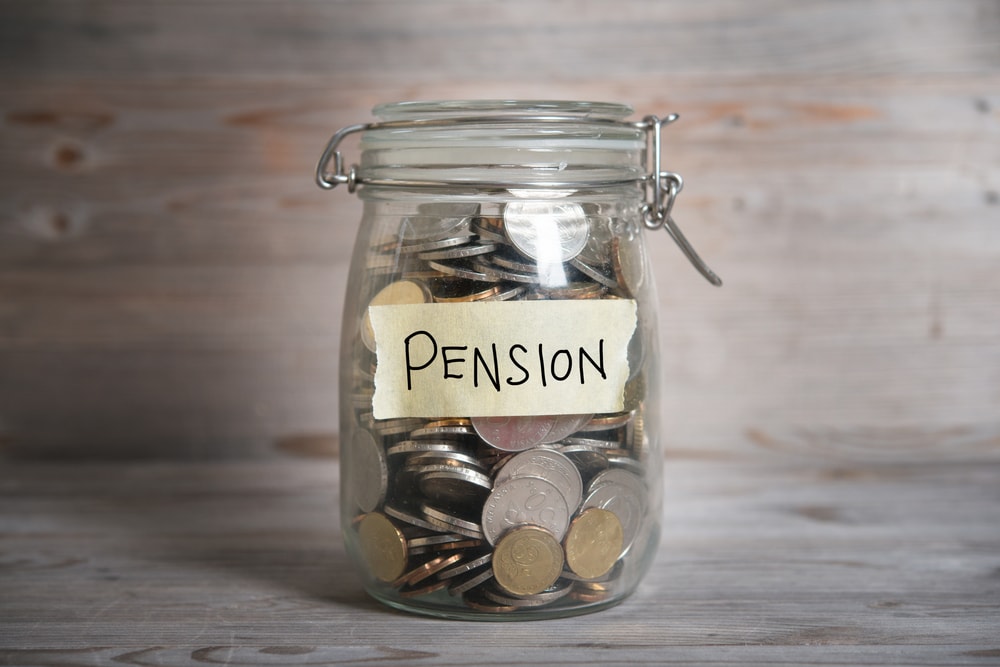Nearly three quarters (73 per cent) of savers don’t know that you can contribute to someone else’s pension, research from Hargreaves Lansdown has revealed.
Under the current rules, savers can contribute up to £2,880 per year into a pension for a non-earning spouse, partner or child and they will receive tax relief topping it up to £3,600.
Savers can also contribute to a working spouse or partner's pension as long as all contributions remain below their annual allowance, which is whatever is lowest of 100 per cent of their earnings or £60,000.
However, some savers were more likely to know about these rules, according to the research, as two thirds of men were unaware compared to 80 per cent of women.
Higher rate taxpayers were also more likely to know about these allowances, as 61 per cent were aware that they could contribute to someone else’s pension, compared to just over a fifth (21 per cent) of basic rate taxpayers.
Commenting on the findings, Hargreaves Lansdown head of retirement analysis, Helen Morrissey, stated: “The ability to pay into a partner’s or child’s pension is an important financial planning opportunity and yet the vast majority of us are completely unaware of it.
“Contributing to a partner’s pension during times when they aren’t working can play a vital part in plugging any gaps in their long-term saving and helping them build a resilient retirement income. Meanwhile, you can get your child’s or grandchild’s pension planning off to a flying start by paying into a Junior SIPP on their behalf while they are small.
“If you have more money to spare and you have used your own annual allowance, then you can top up the pension of a working spouse or partner too as long as their overall contributions don’t exceed their annual allowance.
“In the case of a child, you could find your early contributions mean they have a pension worth tens of thousands of pounds, or even more by the time they start work. This puts them at a significant advantage over their peers who are yet to be auto-enrolled.
“It means long-term they are under less pressure to make big contributions themselves and they have more flexibility to save for other things such as a first home or a car."
Previous research from Hargreaves Lansdown also revealed that making future financial plans together improves couples’ retirement income prospects, as roughly one in two couples who planned together, rather than separately, could expect a moderate retirement income.
Latest News
-
Looking back: Top 20 most read stories of 2025
-
‘Growing minority’ of pension savers turning to newer digital channels
-
Border to Coast deploys more than £1bn across private markets programme
-
Looking back: The Pensions Age 2025 DEI focus
-
This week in pensions: 15-23 December
-
Looking back: 2025 - The year of the big pension overhaul
Private markets – a growing presence within UK DC
Laura Blows discusses the role of private market investment within DC schemes with Aviva Director of Investments, Maiyuresh Rajah
The DB pension landscape
Pensions Age speaks to BlackRock managing director and head of its DB relationship management team, Andrew Reid, about the DB pensions landscape
Podcast: From pension pot to flexible income for life

Podcast: Who matters most in pensions?

In the latest Pensions Age podcast, Francesca Fabrizi speaks to Capita Pension Solutions global practice leader & chief revenue officer, Stuart Heatley, about who matters most in pensions and how to best meet their needs
© 2019 Perspective Publishing Privacy & Cookies











Recent Stories